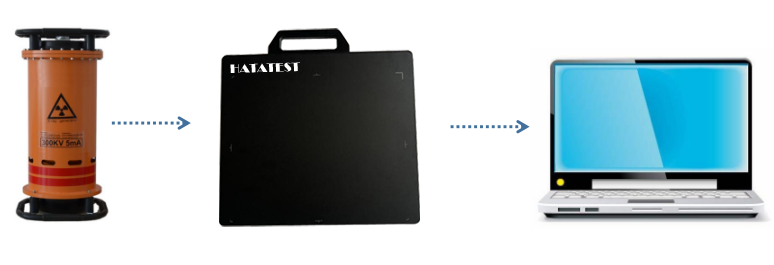Friction Stir Welding (FSW) is a new type of solid-phase welding method. It uses a special type of mixing head to insert the workpiece to be welded, and rotates the stirring head at high speed to friction stir the workpiece. The frictional heat causes the metal in the portion to be in a thermoplastic state and plastically flows from the front end to the rear portion under the pressure of the stirring head, thereby pressure welding the material to be welded into a whole.

Friction stir welding process diagram
Since the heat input during the friction stir welding process is small relative to the welding process, there is no metal melting at the joint, which is a solid-state welding process. The metallurgical properties of the base metal are maintained in the alloy, and the metal matrix composite material can be welded and rapidly solidified. Materials such as materials that use fusion welding have adverse reactions.
The main advantages are as follows:
(1) The microstructure change of the heat affected zone of the welded joint is small. The residual stress is relatively low, and the welded workpiece is not easily deformed;
(2) It can finish welding of long welds, large sections and different positions at one time. High joint;
(3) The operation process is convenient to realize mechanization and automation, the equipment is simple, the energy consumption is low, the effect is high, and the working environment is low;
(4) No need to add welding wire, no need to remove oxide film before welding, no need to protect gas, low cost;
(5) Weldable hot crack sensitive materials, suitable for welding of dissimilar materials;
(6) The welding process is safe, non-polluting, smokeless, and non-radiative.
[Disadvantages] The welded workpiece must be rigidly fixed, and the back surface should have a bottom plate; when the welding end is stirred, the probe forms a keyhole at the end of the weld, and it is difficult to repair the weld: tool design, process parameters and mechanical performance data are only Limited alloy range: In some cases, such as corrosion performance, residual stress and deformation in special fields, the performance needs to be further improved before it can be practically applied; when the board is single-passed, the welding speed is not very high. High: The wear of the mixing head is consumed too quickly.
Typical application of friction stir welding technology:
(1) Railway: large-scale plate parts for rail transit (moving car body, floor plate, truck side panel);
(2) Aerospace: aircraft fuselage, rocket fuel tank, aircraft shell, radar panel;
(3) Ships: large-sized plate parts for panels and containers;
(4) Automobiles: hubs, truck bodies, caravans and three-dimensional frames;
(5) Power: radiator fins, pipes and heat exchangers.
Common defects in friction stir welding:
Common defects in friction stir welding include surface defects (such as surface grooves, flash edges, surface lifts, bottom welds), internal defects (such as hole defects, incomplete penetration, weak joint defects, etc.).
In addition, due to the characteristics of the friction stir welding process, defects in random directions are also generated in the weld.
-
 Sales@hata-ndt.com
Sales@hata-ndt.com -
 +86 371 63217179
+86 371 63217179










